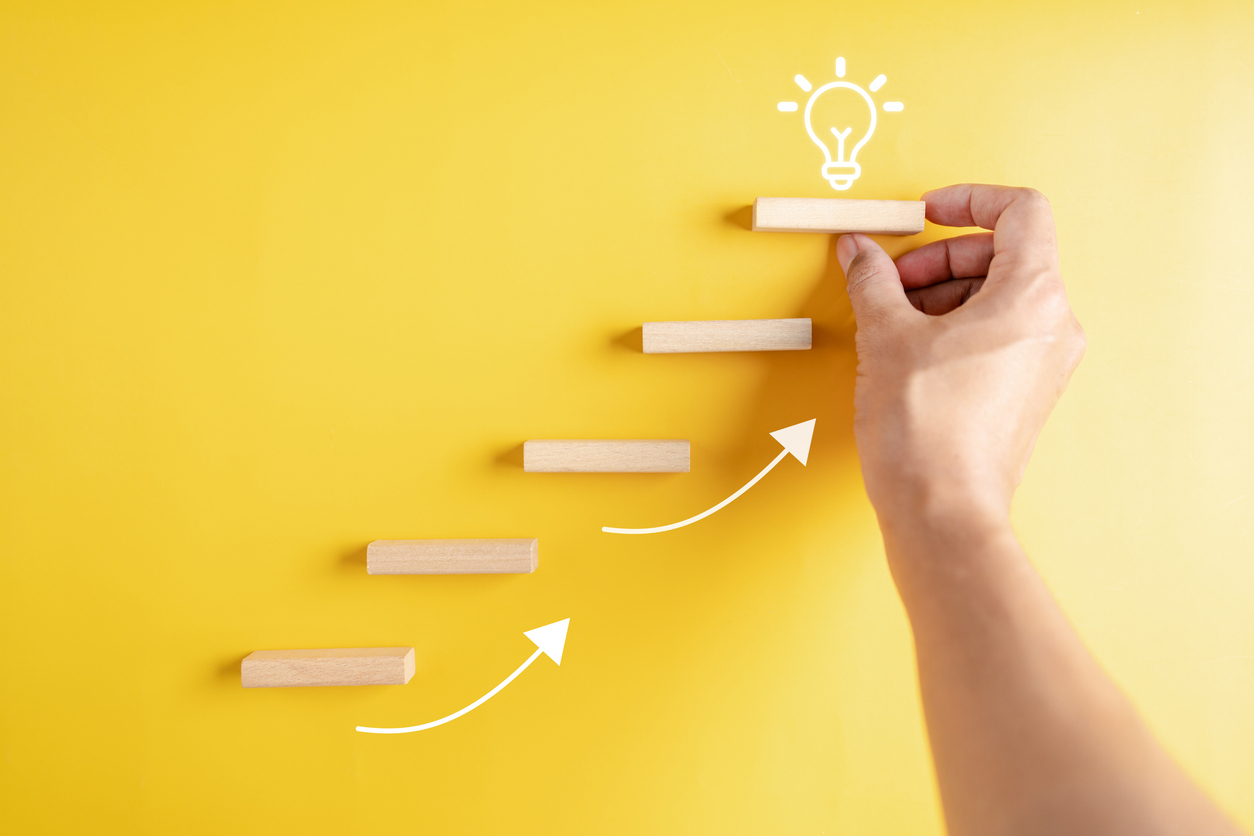Creating a buyer persona is an excellent way to make your marketing both stronger and more cost-effective.
Buyer personas also help minimise advertising waste. This is because you know exactly who to target so you’re not wasting resources targeting prospects that won’t end up as customers.
Here’s how you can create a buyer persona in just 9 simple steps:
1. Consider Demographics
Knowing the demographics of your target customers is helpful in two different ways. First, it helps you learn what they’re interested in, the problems they’re struggling with, and the role they have in the buying process.
Knowing the demographics of your customers also helps you see them as real people. This means you can use targeted content which conveys a stronger message than generic content developed for a group of people.
Once you know who your customers are, you can use the language they use, make references to the things they know, and provide the solutions they’re looking for.
2. Question your Customers
You already have a wealth of information about your buyer personas at your fingertips. One of the best ways to get information that you can use is by surveying or talking to your current customers.
You can increase your response rate by offering incentives. But you should also make it easy for potential interviewees to say yes to the interview- be flexible and send a reminder before the interview.
3. Meet with your teams
Your employees have been the ones interacting with your customers every day. That means that they can give you a great deal of insight into who your customers are.
When you’re creating a buyer persona, your customer service, sales, and marketing teams should all be involved throughout the process.
4. Use your Analytics
Your website should be connected to Google Analytics. This can give you a lot of information about how your customers behave online, and even the search terms they’re using.
As you drill down into the stats in Google Analytics, you can see the technology they use to visit your website, where they live, their gender, and more.
5. Implement Social Media Research
Your social media channels will also be able to give you helpful information about who your customers are.
Social media listening is one helpful way to know what your customers are saying about your business. That means being aware of what people say about your brand and responding appropriately.
Most social media channels also have their own analytics that you can use to see who is following and engaging with you on social media.
6. Use a Template
Once you’ve found information about your customers, it’s time to use a template to map out who they are.
We’ll be showing you some of our favourite buyer persona templates in an upcoming blog post, but for now, here are a few things you should include:
- A photo of someone who looks how you imagine your target customer to look
- A name for your buyer persona
- Key personality traits based on your research
- Demographics based on research
- The buyer persona’s biggest struggles
- Common objections
- Typical buyers journey
7. Tailor your Marketing Message
Once you’ve created your buyer persona, it’s time to think about your marketing message and whether it would appeal to that persona.
Your content should be tailored so it speaks to each persona on a personal level. Consider their hopes and dreams, their problems, hobbies, and more.
If you have multiple buyer personas, you should segment your email list so they’re targeting each persona. You may even find that you can create new products or services based on your research into your buyer personas.
8. Be Negative
Just as we have an ideal customer, we also have those who are…less than ideal. It’s a good idea to develop a negative buyer persona at the same time as your regular persona, since you’ll have all of the necessary information in front of you anyway.
Consider which type of people are costing your business more than it’s getting back. Some customers have high acquisition rates and don’t spend enough to justify the onboarding process. Others will become difficult customers if they find that your product isn’t right for them. This is something that you can reduce by improving your customer-qualifying strategies.
9. Continually Evolve
Just as your business will continually evolve and change, so should your buyer persona. As you discover more about your customers and make new products and services available, you should continue updating your personas.
Encourage your teams to record new information and insights. And have regular meetings to update your personas and ensure your content marketing strategy is meeting their needs.
Need some help developing your buyer personas? Get in touch with our team today.



.jpeg)


